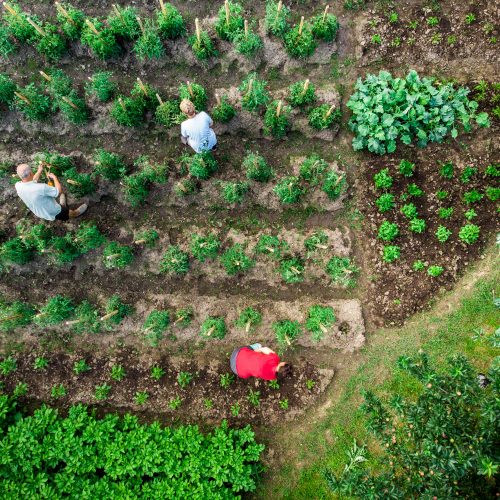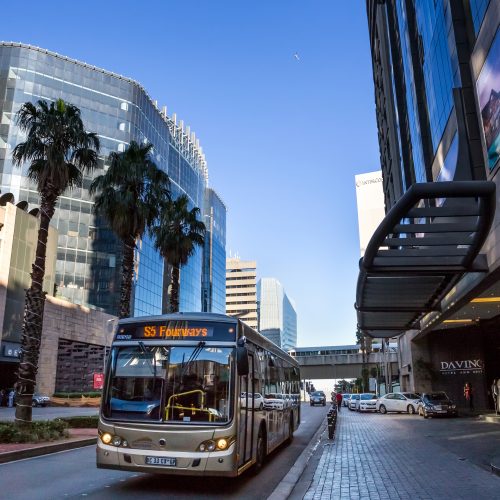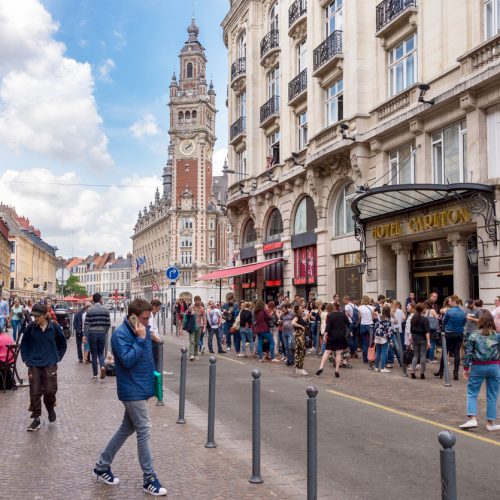Effective land use planning should not only aim to minimise conflicts linked to the use of space, but it should also seek to optimise the total benefits of any activities making use of scarce urban land. Over the years, we have seen a shift from a car-based and private productivity focus to a greater emphasis on liveable and inclusive urban development. From an environmental perspective, this includes ways to promote compact and mixed-use land development. Further, land use planning seeks to promote resource efficiency and minimise weather-related risks such as flooding or heat waves. Finally, it supports various infrastructure services and solutions - including nature-based solutions, such as flood protection as part of the green landscaping in a city.
Land planning plays a key role in protecting and promoting green and liveable spaces - not only through the planned and regulated use of public land, but also through an active use of planning permits for private developers.
For example, resource efficiency can be promoted through a more compact urban design - reducing the need for infrastructure and related services. It can also be achieved through transit-oriented and mixed use planning where housing, jobs, commerce and leisure are located around transport hubs, which reduce mobility needs and associated pollution problems. Also, private sector involvement is key in areas such as urban regeneration initiatives to re-invigorate centrally located brownfield areas as part of a more compact or transit-oriented urban development.
The support of sector-specific infrastructure development is also an essential part of land use planning in a city. Given the integrated nature of land planning and other forms of urban development, it is critical to have a constructive, even creative, coordination between land planning and sector-specific developments – including for infrastructure services linked to transport, water, energy and waste. One example could be the way flood protection is addressed as part of the green landscaping of a city.
Finally, Public awareness and buy-in among the citizen and community representatives are also key for effective land use - and potential contribution from local communities and interest groups to help improving green and public spaces, should not be under-estimated.
More detailed policy instruments and case studies, relevant to the issues mentioned above, can be found in this section.
















